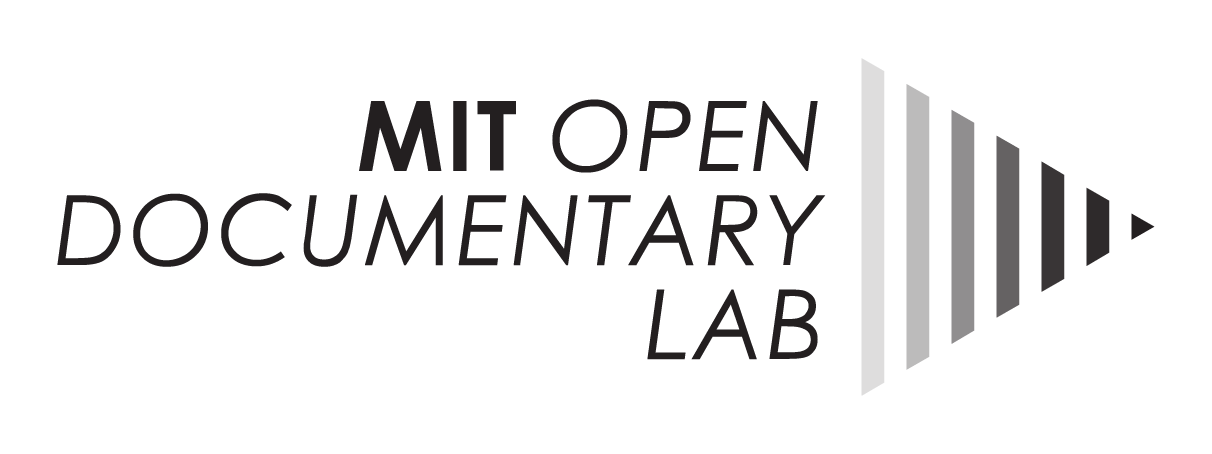
07 Apr COME/IN/DOC | Interactive Documentary Explosion of the Form [Part 2]
COME/IN/DOC | Interactive Documentary Explosion of the Form [Part 2]
SEASON 1 – EPISODE 2 – PART 2: ‘INTERACTIVE DOCUMENTARY EXPLOSION OF THE FORM’
Here you can access the second part of the second episode:
[vimeo width=”580″ height=”330″]https://vimeo.com/161744117[/vimeo]
SELECTION OF KEY IDEAS (DIRECTOR’S CONTRIBUTION)
Katie Edgerton (MIT Open Documentary Lab Alumni): People are becoming more literate and more excited about telling stories online, interacting with narratives and expecting a sort of engagement. The videogame generation has influenced the way we tell stories today.
Christopher Allen (UnionDocs): I’m not sure, maybe five years from now will be the real explosion and this is only an early eruption, but there’s certainly more people looking for different forms of distribution, etc.
Eva Dominguez (Minushu): Some works that some years ago would have been called ‘Multimedia’ are now called webdocs. This tag is highlighting a need for producing different nonfiction content, and that’s an interesting thing.
Cindy Poremba (Sheridan College Institute of Technology and Advanced Learning): It’s a very exciting time to do documentary. There’s a huge kind of boom in digital documentary where different tools and technologies have facilitated variations of that form, although some of them are not interactive.
Mark Atkin (Crossover Labs) : There’s a number of factors and one of them has to be funding, another is habituation of the public, because a few examples are there and more people realize they want to create something like that.
Yasmin Elayat (18 Days in Egypt): There are a few factors: technology is cheaper, people feel more comfortable with new technologies, and mobile devices have prompted another kind of cinematic experience.
Sandra Gaudenzi (Interactual Factual) : We are experiencing a boom in the interactive documentary world. The web has disrupted the media ecosystem: new people now have a voice and use the web to make their voice heard, easily and cheaply. And then, on the other hand, broadcasters are losing audience and the press needs to have an online presence. The combination of these two things has led to an explosion in interactive documentary.
Andre Almeida (Film Director): Sometimes I’m a bit concerned about this explosion in the sense that sometimes an explosion consumes the oxygen around it, but I’m seeing more people making more interactive docs and I hope this explosion will be a new beginning for a new life and a new path for interactive documentaries.
Samuel Bollendorf (Le Grand Incendie): It is the crossroad of many things, the end of the press, photographers had to find new ways to produce stories and the new possibilities to access large projects, that led to the explosion of these projects. The public was here but was unable to access these projects because of technical limitations…
Gerald Holubowicz (Racontr): I don’t see an explosion of the form, I see a lot of experiments happening in the field with Canada and France leading the way. But there’s not a regular gathering of people around that kind of creation, we are still in the infancy of interactive documentary.
Francesca Panetta (The Guardian): First of all we should ask ourselves: is the explosion of the form for makers or for audiences? I think interactive documentary makers are still looking for audiences, which is an incredible challenge. But this is a form which is very expensive to produce and it takes a lot of time.
You can access the questions that originated the four seasons and episodes in this document.
Add your contribution here: http://comeindoc.com/contribute/
Website: http://comeindoc.com
Dr. Arnau Gifreu
COME/IN/DOC Director
Research affiliate
agifreu@mit.edu



